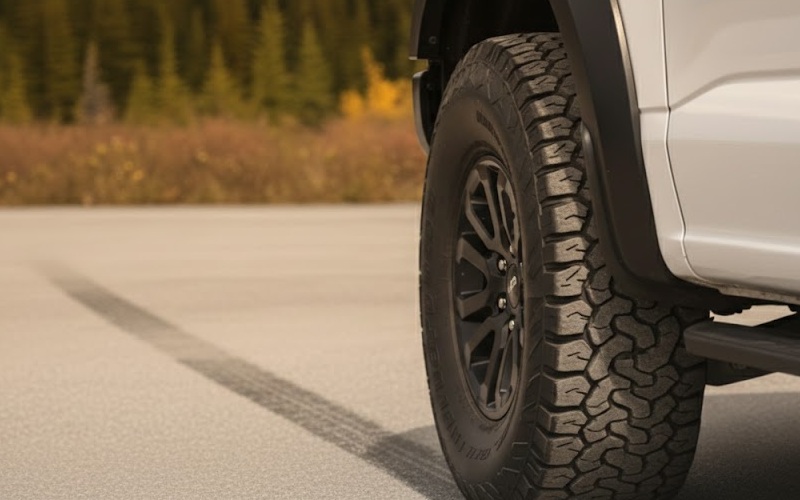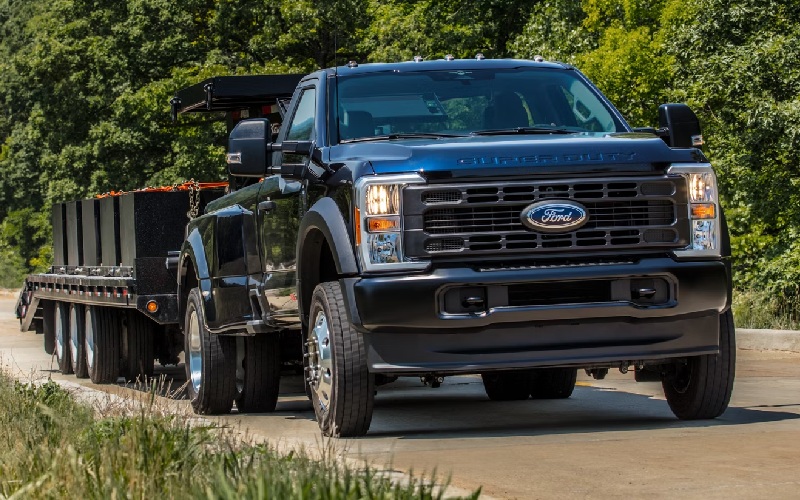The Ford Ranger marks another evolution of the mid-size pickup, offering power, efficiency, and versatility. With advancements in engine technology, fuel efficiency, and performance, the new model aims to outshine its predecessors. Let’s compare the Ford Ranger engine to those from previous model years, focusing on specifications, performance, fuel consumption, reliability, and off-road capabilities.

Overview of the 2025 Ford Ranger Engine Lineup
The Ford Ranger offers multiple engine choices to cater to different driving needs, whether for everyday commuting, towing, or off-road adventures. The available engines include:
- 2.3-liter EcoBoost inline-4 (turbocharged gasoline engine)
- 2.7-liter EcoBoost V6 (higher-performance turbocharged gasoline engine)
- 3.0-liter EcoBoost V6 (available in performance-oriented trims such as the Ranger Raptor)
- 2.0-liter Bi-Turbo diesel engine (offered in select markets)
- Hybrid powertrain (anticipated option)
Each engine brings a unique power, torque, and efficiency balance, ensuring this truck remains competitive in the mid-size segment.
Comparison of the 2025 Ford Ranger to Previous Generations
Ford Ranger (2019–2023) Engine Options
The previous generation (2019–2023) was known for its efficient yet powerful 2.3-liter EcoBoost inline-4, producing 201 kW (270 hp) and 420 Nm of torque. While it delivered strong performance, some drivers wanted more power options, especially for off-road and towing applications.
In global markets, 2.0-liter single-turbo and bi-turbo diesel engines were also offered, providing good fuel economy and torque for work-related use.
Ford Ranger (2011–2018) Engine Options
This generation introduced the 3.2-liter Duratorq 5-cylinder diesel engine, known for its 147 kW (200 hp) and 470 Nm of torque. Its reputation was for durability and torque delivery, particularly in off-road settings. A 2.2-liter Duratorq diesel was also available, though it lacked the power of the larger diesel option.
The gasoline variant, a 2.5-liter inline-4, was offered in select markets, but it was not as fuel-efficient or powerful as modern turbocharged engines.
Ford Ranger (1998–2011) Engine Options
Older trucks had naturally aspirated gasoline and diesel engines, such as:
- 4.0-liter V6 gasoline (with approximately 155 kW (207 hp))
- 2.5-liter and 3.0-liter diesel engines (delivering modest torque and efficiency)
While these engines were reliable, they were less fuel-efficient and lacked the modern turbocharging technology and enhanced power and economy of newer models.
Performance Improvements in the 2025 Ford Ranger Engine
The Ford Ranger builds on previous strengths while enhancing power output, torque delivery, and efficiency. Here’s how the new engines compare in terms of performance:
Increased Power and Torque
The engines have higher power and torque:
- 2.3-liter EcoBoost inline-4: Expected to produce 210–220 kW (280–295 hp) and 450 Nm of torque, improving acceleration and towing capacity.
- 2.7-liter EcoBoost V6: Delivers 235–250 kW (315–335 hp) and 540 Nm of torque, significantly boosting over the previous generation.
- 3.0-liter EcoBoost V6 (Raptor): Produces around 300 kW (400 hp) and 600 Nm of torque, making it the most powerful Ranger engine ever.
- 2.0-liter Bi-Turbo diesel: Designed for work applications, providing 154 kW (210 hp) and 500 Nm of torque with improved fuel efficiency.
These improvements make this truck more capable for towing, off-roading, and highway driving.
Enhanced Turbocharging and Fuel Efficiency
The turbocharged EcoBoost engines offer:
- Reduced turbo lag, providing instant power delivery
- More efficient combustion, leading to better fuel economy
- Higher boost pressure, allowing for greater torque output at lower RPMs
Compared to the older naturally aspirated engines (such as the 4.0-liter V6), the latest turbocharged powertrains deliver more power with less fuel consumption.
Fuel Efficiency: How the 2025 Ranger Saves Fuel
Fuel consumption is a major consideration for truck buyers. The modern engine lineup ensures better fuel efficiency than older models. Below is an estimated comparison of fuel economy (liters per 100 km, L/100 km):
| Engine | 2025 Ford Ranger | 2019–2023 Ford Ranger | 2011–2018 Ford Ranger |
| 2.3L EcoBoost (Gasoline) | 8.5–9.5 L/100 km | 9.8–10.5 L/100 km | N/A |
| 2.7L EcoBoost (Gasoline) | 9.8–10.8 L/100 km | N/A | N/A |
| 3.0L EcoBoost (Raptor) | 11.5–12.5 L/100 km | N/A | N/A |
| 2.0L Bi-Turbo Diesel | 7.5–8.5 L/100 km | 8.0–9.0 L/100 km | 9.5–10.5 L/100 km |
| 3.2L Duratorq Diesel | N/A | N/A | 10.0–11.5 L/100 km |
Reliability and Maintenance Considerations
Ford has made improvements in engine reliability by:
- Upgrading cooling systems to prevent overheating
- Enhancing turbocharger durability to reduce maintenance costs
- Refining transmission integration for smoother gear shifts
Older naturally aspirated engines were simpler but often less efficient. The Ford Ranger engines are designed with longer service intervals and lower emissions, reducing overall maintenance requirements.
Off-Road Capabilities: 2025 vs. Older Generations
Off-road performance has been a key focus for the Ranger lineup. The latest model enhances this further with:
- Increased torque delivery for better rock-crawling and sand performance
- Advanced 4WD systems with multiple terrain modes
- Improved ground clearance and skid plates (especially in the Raptor trim)
- Locking differentials for superior traction control
Compared to previous generations, the new engines provide more low-end power, making off-roading easier and more capable.
2025 Ford Ranger Engine Lineup: Something for Everyone
The Ford Ranger engine lineup represents a significant step forward compared to previous models, offering higher power, improved fuel efficiency, better reliability, and enhanced off-road capabilities. With modern turbocharged technology, the new engines provide an optimal balance of performance and economy, making them ideal for daily driving and demanding workloads.
Whether you’re upgrading from an older model or considering your first one, the Ford Ranger engine advancements make it one of the most capable and efficient mid-size trucks available today.






